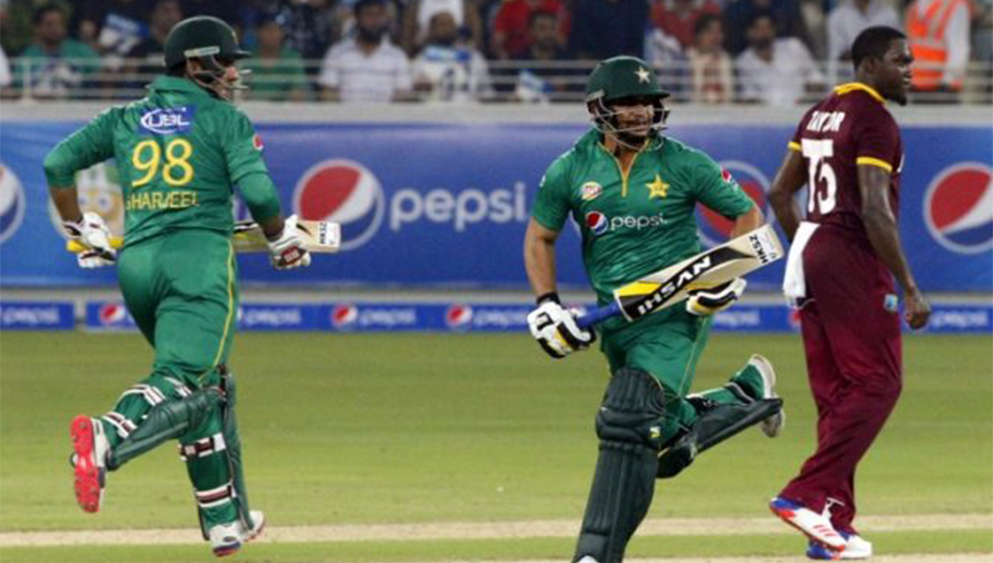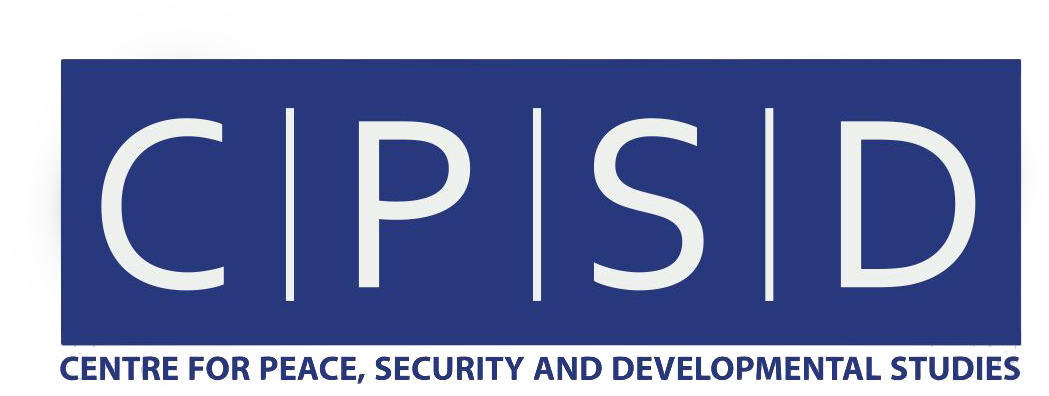Cricket Alone will not end Pligth of Karachities

Karachi’s Resurgence Through Cricket and the Crisis Beneath the Surface
Cricket Returns to Karachi
After a near-decade-long hiatus, international cricket returned to Karachi with the Pakistan Super League (PSL) final and a T20 series against the West Indies at the National Stadium. The return marked a milestone for a city once crippled by violence. Following the terrorist attack on the Sri Lankan cricket team in 2009, Pakistan became a no-go zone for international sports. Yet, in March 2018, with tight security, military coordination, and thousands of police personnel, Karachi hosted these events flawlessly.
The PSL final drew 32,000 spectators, including high-profile dignitaries such as Prime Minister Shahid Khaqan Abbasi, Sindh Chief Minister Syed Murad Ali Shah, DG ISPR Major General Asif Ghafoor, and numerous celebrities. It was a moment of collective celebration for a city long plagued by terrorism, and it symbolized a turning point in Karachi’s—and Pakistan’s—security narrative.
A Symbol of Stability
This revival is a testament to the success of Pakistan’s security forces in their war against terror. A report by the Islamabad-based Institute of Strategic Studies revealed a decline in violence for the third consecutive year. International editorials—from The Spectator (UK) to Foreign Policy (USA)—acknowledged Pakistan’s progress in combating extremism. Once ranked second only to Somalia in terrorism risk, Pakistan’s image is gradually shifting.
The Power of Sports Diplomacy
International cricket improves Pakistan’s soft power. In a post-9/11 world, Pakistan has struggled with a tarnished global image. Sporting events not only build goodwill but can also catalyze diplomatic engagement and cross-border understanding.
However, while the return of cricket is a positive step, it does not erase Karachi’s persistent civic and infrastructural challenges.
Karachi: The Beating Heart of Pakistan’s Economy
With a population of nearly 25 million, Karachi is Pakistan’s most populous and economically significant city. According to the Asian Development Bank (ADB):
It handles 95% of the country’s foreign trade
Contributes 30% to national manufacturing
Generates 20% of Pakistan’s GDP
Holds 50% of all bank deposits
Accounts for 40% of large-scale manufacturing jobs
Contributes 25% of federal revenue and 40% of Sindh’s provincial revenue
Despite these impressive statistics, Karachi faces debilitating issues in electricity, water, sanitation, and governance.
Electricity Crisis: Load Shedding Returns
With the onset of summer, concerns over load shedding have resurfaced. While national electricity demand stands at approximately 19,000 megawatts, the supply falls short by around 4,000 megawatts. Karachi, being industrially dense, is especially vulnerable.
A 2014–15 NEPRA report noted that K-Electric’s reported distribution losses stood at 22.24%. This means only about 78 megawatts out of every 100 generated reach the consumer. To prevent recurring blackouts, systemic reforms in Karachi’s distribution infrastructure are essential.
Sanitation Woes: A City Under Water
In August 2017, heavy monsoon rains inundated Karachi, killing at least 13 people and displacing hundreds. The failure of the sewage system, not just rainfall, was the key reason streets were flooded for days.
Karachi also faces a solid waste crisis. Former mayor Mustafa Kamal proposed hiring a Turkish firm for garbage collection, but political turf wars ensued. The Sindh government amended laws, stripping the mayor’s office of actual administrative powers, leaving incumbent mayor Waseem Akhtar largely powerless.
Water Crisis: A Daily Struggle for Survival
According to several reports, Karachi is now among the six most water-stressed cities in the world. The Karachi Water and Sewerage Board (KWSB) estimates the city needs 1.1 billion gallons of water daily, but receives just around 550 million gallons.
The population is growing rapidly due to the influx of refugees, economic migrants, and internally displaced persons (IDPs). With no effective long-term planning, the gap between supply and demand is only widening.
The Rise of the Tanker Mafia
In this vacuum, illegal water tanker mafias have stepped in, selling water for up to Rs. 5,000 per tanker. A single household may need one every two weeks. For Karachi’s poor, this is unsustainable. The absence of metering, accountability, and municipal capacity has allowed profiteering to thrive.
Conclusion: Celebrations Must Be Grounded in Reality
The return of international cricket has rekindled hope in Karachi. It signals growing confidence in Pakistan’s security environment and creates opportunities for sports diplomacy. However, the challenges of urban governance, resource distribution, and infrastructure remain stark.
Karachi’s problems are not merely the product of overpopulation or underdevelopment. They stem from systemic political dysfunction, a lack of political will, and poor policy implementation.
The city that contributes the most to Pakistan’s economy deserves better. It needs more than cricket—it needs clean water, uninterrupted electricity, safe streets, and effective governance.
